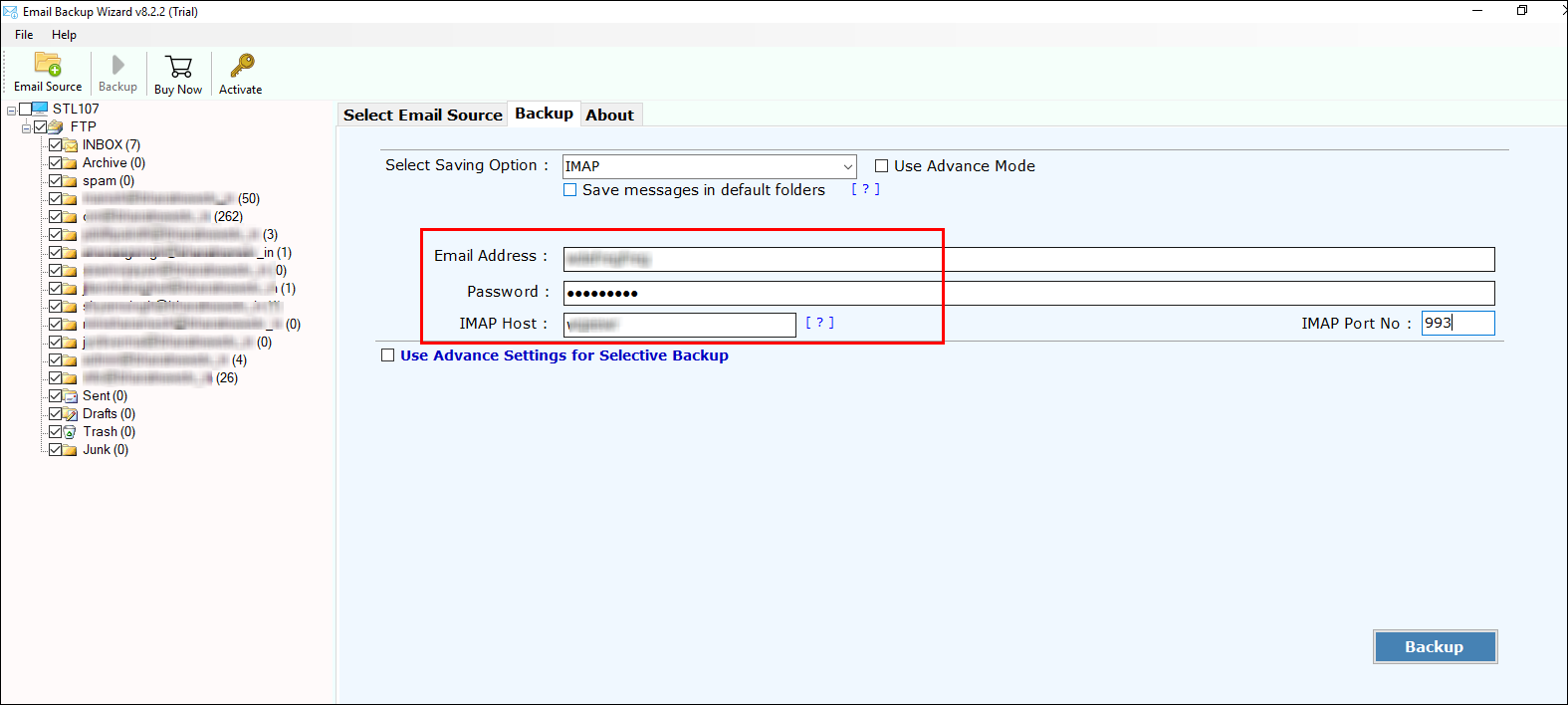

Once I’d finally got Node.js installed I encountered problems running NPM Before we get our hopes up, we’ll likely need to do some configuration. You can now set this as the default via bash:īoth should return their versions. To install the latest version enter in bash: Now we can get around to installing Node.js. home/username/ to get here you can enter.Ĭheck the NVM GitHub page for instructions on installing a newer version I installed this in my home directory i.e. Node Version Manager allows Node.js installation without the need for root access via the sudo. If they return nothing you’re good to carry on. So, lets make sure node, npm or nvm are not already installed. Step 2: Check for Previous Installsīy the time you’re reading this, GoDaddy may already install Node.js. Step 1: Get Shell Accessįirst access you server’s shell through SSH. These are only the steps that I took, if you follow them, you do so at entirely your own risk.

These are the steps I took specifically for GoDaddy cPanel Shared hosting.ĭisclaimer: I take no responsiblity for any damages or any other liability. Well, it’s not, in fact it’s easy! After struggling for hours I finally found this awesome guide. The common response to the question “How do I install Node.js on GoDaddy shared hosting?” is “it’s impossible!”.


 0 kommentar(er)
0 kommentar(er)
